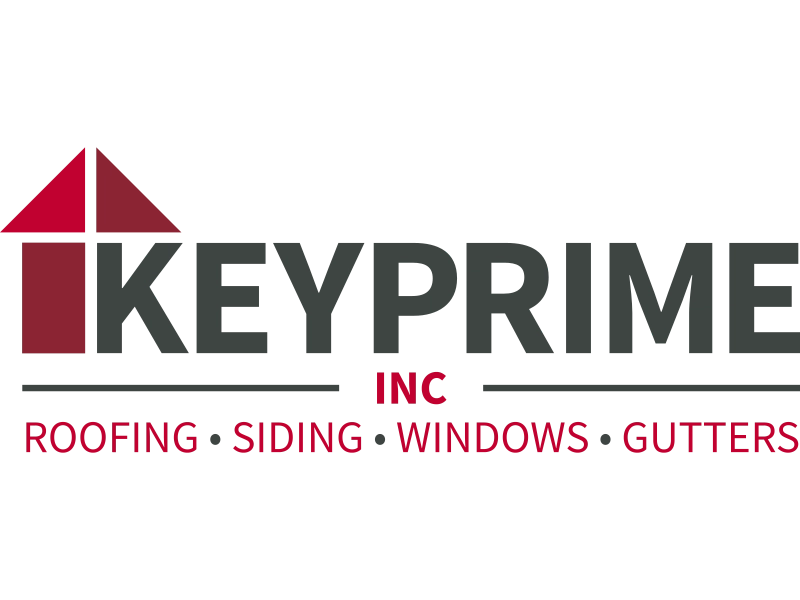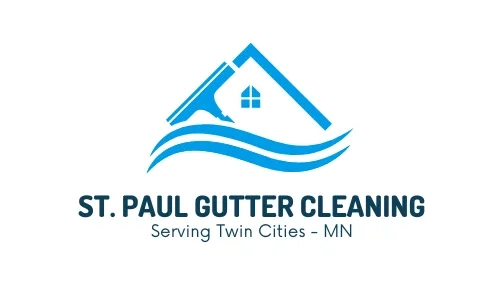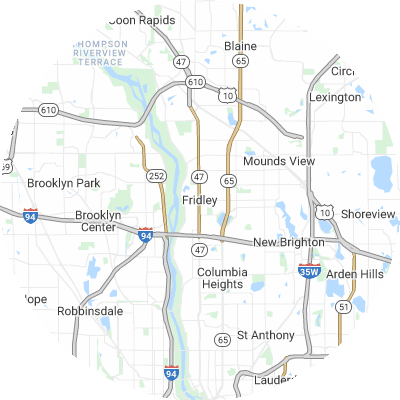Signs You May Need Gutter Guards
Although gutter guards aren't always required, the symptoms of congested gutters are typically clear. Signs of chronic gutter problems include:
- Soggy ground or visible erosion around your house's foundation
- Leaky seams or joints where water leaks out of gutters
- Visibly damaged, sagging, or misaligned gutters that no longer correctly direct rainwater
- Frequent clogs that cause overflow and water to spill over gutters
- Mold growth, peeling exterior paint, or interior water stains on walls near gutters.
How To Choose a Gutter Guard Installer
Assess Their Experience
Providers with years of gutter guard installation experience that have handled various styles and models will know how to take accurate measurements and install guards to your home’s unique dimensions. Get in touch with these companies to learn about their experience and ask for local references.
Verify Proper Licensing and Insurance
When getting in touch with potential installation providers, always make sure that they are licensed, bonded, and insured with both general liability and workers compensation policies. This protects you if any accidents or injuries happen. Request current licensing and insurance papers from potential providers.
Choose Reputable Brands
Look for installers that offer tenured trusted gutter guard brands such as Gutter Helmet and LeafFilter. Steer clear of companies that only install their own off-brand products or generic no-name guards. These lesser-known products may lack rigorous testing.
Seek Custom Fit Services
For ideal performance, gutter guards need to be measured and trimmed on-site to match your unique gutter setup. Select a company that uniquely sizes and cuts guards specifically for your home, rather than using universal guards. Properly fitted guards will leave no gaps for debris to get stuck.
Examine Warranties
Top gutter guard companies often offer 20-year or lifetime warranties covering clogs, leaks, rust, and other issues. When picking a company, read through the warranty details for both workmanship and materials guarantees. Warranties give you the best protection for your gutter investment.
Check Reviews and Referrals
It's a good idea to research online reviews on Yelp, Google Reviews, the Better Business Bureau (BBB), and other review sites to see customer feedback. Ask neighbors which companies they recommend for quality local gutter guard installation. When researching, look for providers with plenty of satisfied customers rather than just a single recommendation.
Types of Gutter Guards
There are six most common types of gutter guards. These include the following:
- Foam guards are large pieces of foam that are placed in your gutters to stop debris. They're lightweight and easy to install. On average, you can expect to spend $2.47 per linear foot for foam guards.
- Brush guards are exactly what they sound like: large brush bristles that sit in your gutters to let water through while blocking debris. On average, you can expect to spend $4.06 per linear foot for brush guards.
- Screen guards have large holes that let water through while keeping debris out. On average, you can expect to spend $4.73 per linear foot for screen guards.
- Mesh guards have smaller holes than screen guards and similarly stop debris while letting water flow through. Mesh gutter guards are durable and encourage debris to slide off rather than sit on your gutters. On average, you can expect to spend $4.40 per linear foot for mesh guards.
- Micro-mesh guards have even smaller holes than mesh guards and let even less debris through than mesh. They are very effective. Micro-mesh guards cost around $5.46 per linear foot.
- Surface tension guards, also called reverse curve guards, use surface tension to encourage water to flow into gutter system while debris slides off. Typically, they are visible from the ground. Surface tension guards cost around $3.47 per linear foot.














